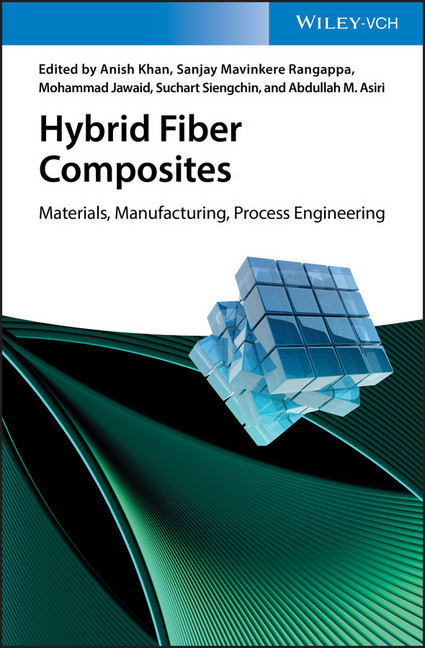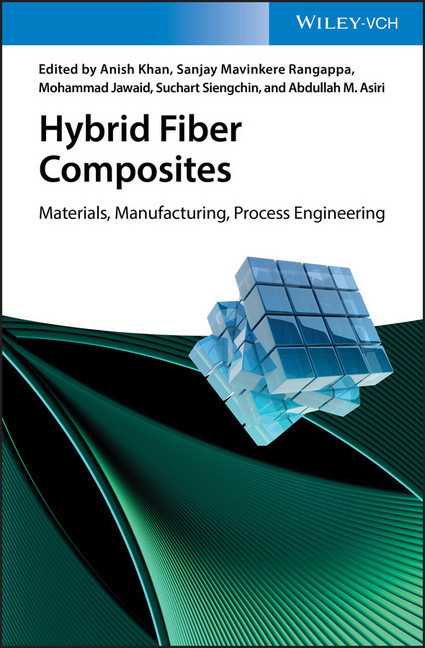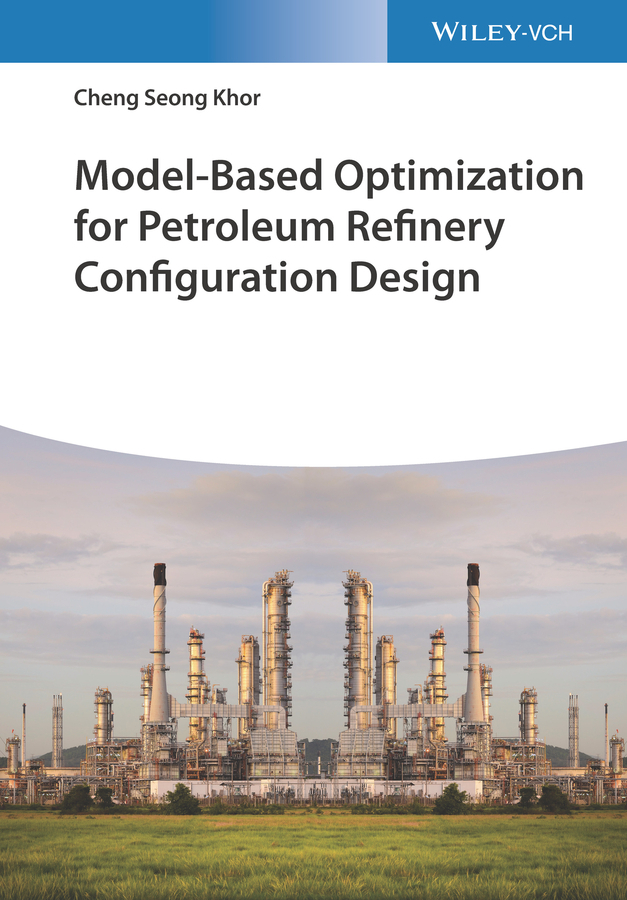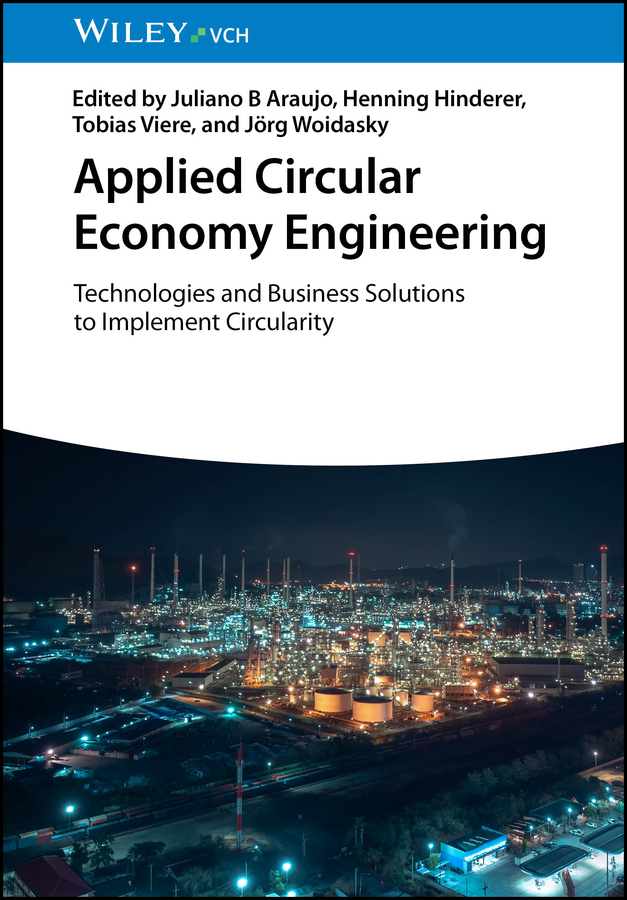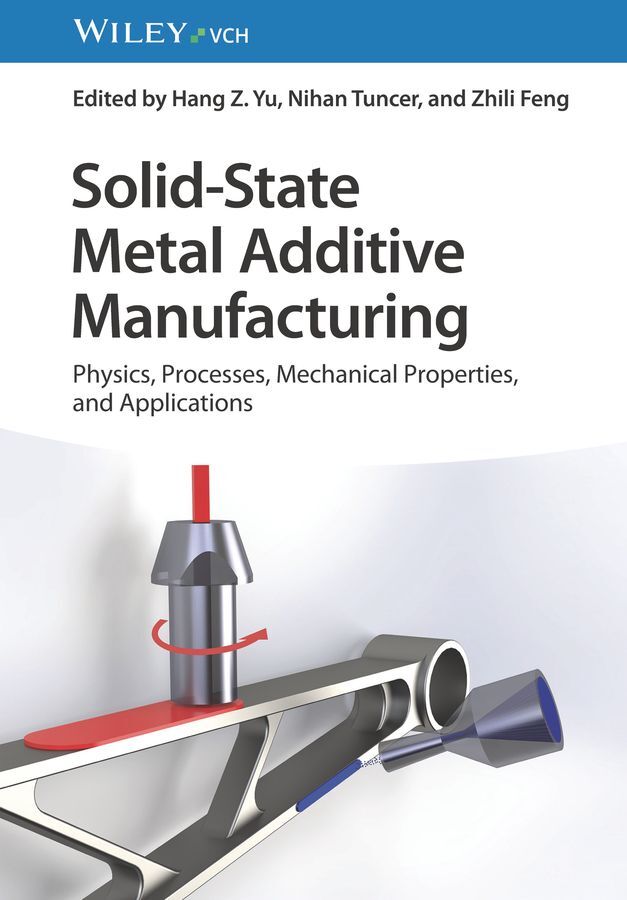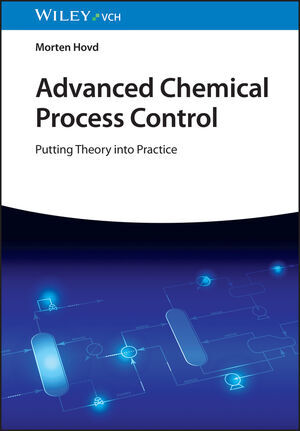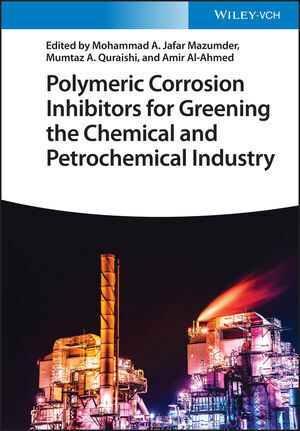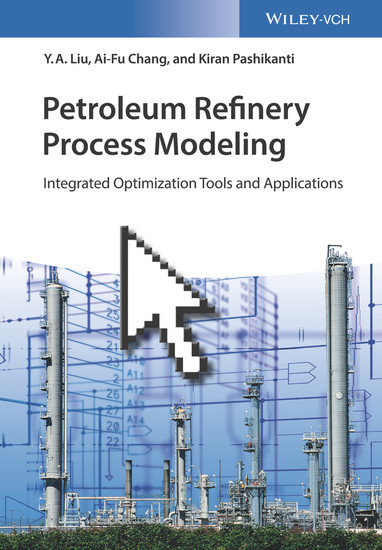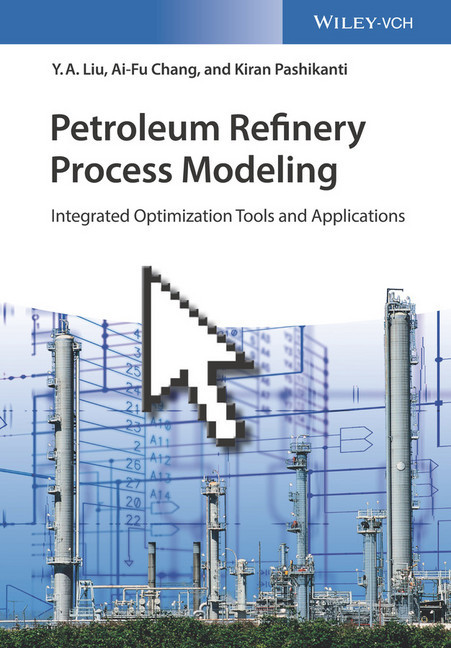Hybrid Fiber Composites
After an overview of the general structures and properties of hybrid fiber composites, the book focuses on the manufacturing and processing of these materials and their mechanical performance, including the elucidation of failure mechanisms. A comprehensive chapter on the modeling of hybrid fiber composites from micromechanical properties to macro-scale material behavior is followed by a review of applications of these materials in structural engineering, packaging, and the automotive and aerospace industries.
Anish Khan, PhD, is Assistant Professor in the Chemistry Department at the Faculty of Science of the King Abdulaziz University in Jeddah, Saudi Arabia. His research interests are in the fields of polymer nanocomposites, micro- and nanotechnology, and nanomaterials in electroanalytical chemistry.
Sanjay Mavinkere Rangappa, PhD, is Research Scientist in the Natural Composites Research Group Lab, Academic Enhancement Department at the King Mongkut's University of Technology North Bangkok, Thailand. His current research areas include natural fiber composites, polymer composites and advanced material technology.
Mohammad Jawaid, PhD, is Associate Professor at the Biocomposite Technology Laboratory, Institute of Tropical Forestry and Forest Products (INTROP), Universiti Putra Malaysia, in Malaysia. His research interests include reinforced polymer composites and advanced materials.
Suchart Siengchin, Dr.-Ing. habil., is President of King Mongkut's University of Technology North Bangkok (KMUTNB), Thailand. His research is focused on polymer matrix composites, biocomposites, polymer tribology, and tribology of natural fiber composites.
Abdullah Mohamed Asiri, PhD, is Director of The Center of Excellence for Advanced Materials Research (CEAMR) at the Faculty of Science of the King Abdulaziz University, Jeddah, Saudi Arabia. His research interest include advanced materials, nanochemistry, nanotechnology and polymers composites.
1;Cover;1 2;Title Page;5 3;Copyright;6 4;Contents;9 5;About the Editors;21 6;Chapter 1 Natural and Synthetic Fibers for Hybrid Composites;25 6.1;1.1 Introduction;25 6.2;1.2 Natural Fibers;26 6.3;1.3 Microstructure of Natural Fibers;27 6.4;1.4 Natural Fiber?Reinforced Polymer Composites;27 6.4.1;1.4.1 Synthetic Fibers;31 6.4.2;1.4.2 Glass Fibers;32 6.4.3;1.4.3 Carbon Fibers;32 6.4.4;1.4.4 Kevlar or Aramid Fibers;33 6.4.5;1.4.5 Comparison Between Natural and Synthetic Fibers;33 6.5;1.5 Hybrid Fiber?Based Polymer Composites;34 6.5.1;1.5.1 Applications;35 6.6;1.6 Conclusion;36 6.7;References;37 7;Chapter 2 Effect of Process Engineering on the Performance of Hybrid Fiber Composites;41 7.1;2.1 Introduction;41 7.2;2.2 Fibers;42 7.3;2.3 Polymers;44 7.4;2.4 Hybrid Polymer Composites;45 7.5;2.5 Fiber Extraction Methods;46 7.6;2.6 Fiber Treatments;46 7.7;2.7 Processing Methods of Hybrid Composites;48 7.7.1;2.7.1 Pultrusion;48 7.7.2;2.7.2 Hand Lay?up/Wet Lay?up;49 7.7.3;2.7.3 Vacuum Bagging;49 7.7.4;2.7.4 Filament Winding;50 7.7.5;2.7.5 Resin Transfer Molding;51 7.7.6;2.7.6 Compression Molding;51 7.7.7;2.7.7 Injection Molding;52 7.8;2.8 Application of Each Hybrid Polymer Composite Processing Methods;53 7.8.1;2.8.1 Pultrusion;53 7.8.2;2.8.2 Hand Lay?up;53 7.8.3;2.8.3 Vacuum Bagging;55 7.8.4;2.8.4 Filament Winding;55 7.8.5;2.8.5 Resin Transfer Molding;55 7.8.6;2.8.6 Compression Molding;55 7.8.7;2.8.7 Injection Molding;56 7.9;2.9 Conclusion;56 7.10;References;56 8;Chapter 3 Mechanical and Physical Test of Hybrid Fiber Composites;65 8.1;3.1 Introduction;65 8.2;3.2 Materials and Methods;68 8.2.1;3.2.1 Materials;68 8.2.2;3.2.2 Extraction of Sugarcane Nanocellulose Fiber (SNCF);68 8.2.3;3.2.3 Synthesis of Al-SiC Nanoparticles;68 8.2.4;3.2.4 Fabrication of SNCF/Al-SiC Vinyl Ester Nanocomposites;68 8.2.5;3.2.5 Design of Experiments (DOE);69 8.2.6;3.2.6 Development of Experimental Models and Optimization;69 8.2.7;3.2.7 Characterization on SNCF/Al-SiC Vinyl Ester Hybrid Nanocomposites;70 8.2.7.1;3.2.7.1 FTIR Spectra and XRD Curves;70 8.2.7.2;3.2.7.2 Physical Properties;71 8.2.7.3;3.2.7.3 Mechanical Properties;71 8.2.7.4;3.2.7.4 Viscoelastic Properties;72 8.2.7.5;3.2.7.5 Morphological Properties;72 8.3;3.3 Results and Discussion;72 8.3.1;3.3.1 Optimization;72 8.3.2;3.3.2 Maximization;76 8.3.3;3.3.3 FTIR and XRD Curves;78 8.3.4;3.3.4 Mechanical Properties;79 8.3.4.1;3.3.4.1 Flexural Properties;79 8.3.4.2;3.3.4.2 Morphological Properties;81 8.3.4.3;3.3.4.3 Compression Properties;82 8.3.4.4;3.3.4.4 Tensile Properties;82 8.3.5;3.3.5 Viscoelastic Properties;82 8.3.5.1;3.3.5.1 Storage Modulus;82 8.3.5.2;3.3.5.2 Loss Modulus;84 8.3.5.3;3.3.5.3 Damping Factor;84 8.3.5.4;3.3.5.4 Glass Transition Temperature;84 8.3.6;3.3.6 Impact Strength;85 8.3.7;3.3.7 Vickers Hardness;86 8.3.8;3.3.8 Physical Properties;86 8.4;3.4 Conclusion;87 8.5;References;87 9;Chapter 4 Experimental Investigations in the Drilling of Hybrid Fiber Composites;93 9.1;4.1 Introduction;93 9.2;4.2 Characteristics of Drilling;94 9.3;4.3 Hybrid Fiber Composites;94 9.4;4.4 Machining Limitation on Hybrid Fiber Composite Drilling;95 9.5;4.5 Investigation of Hybrid Fiber Composites Drilling;95 9.5.1;4.5.1 Condition for Hybrid Composites Drill;96 9.5.2;4.5.2 Factors Affecting Drilling;96 9.5.3;4.5.3 Drilling of GF?Reinforced Hybrid Composites;97 9.5.4;4.5.4 Survey on NF?Reinforced Hybrid Composites Drilling;99 9.5.5;4.5.5 Drilling of CF Reinforced Hybrid Composites;101 9.6;4.6 Conclusion;103 9.7;References;103 10;Chapter 5 Fracture Analysis on Silk and Glass Fiber?Reinforced Hybrid Composites;111 10.1;5.1 Introduction;111 10.2;5.2 Materials and Methods;112 10.2.1;5.2.1 Materials and Specimen Preparation;112 10.2.2;5.2.2 Compact Tension Shear (CTS) Test;114 10.2.3;5.2.3 Single?Edge Notched Bend (SENB);114 10.3;5.3 Results and Discussion;116 10.3.1;5.3.1 Compact Tension Shear (CTS) Test;116 10.3.2;5.3.2 Mode I, Mode II, and Mixed Mode Fracture Toughness for Different Loading Angle;117 10.3.3;5.3.3 Single
Khan, Anish
M.R., Sanjay
Jawaid, Mohammad
Siengchin, Suchart
Asiri, Abdullah M.
| ISBN | 9783527824564 |
|---|---|
| Artikelnummer | 9783527824564 |
| Medientyp | E-Book - PDF |
| Copyrightjahr | 2020 |
| Verlag | Wiley-VCH |
| Umfang | 438 Seiten |
| Sprache | Englisch |
| Kopierschutz | Adobe DRM |

